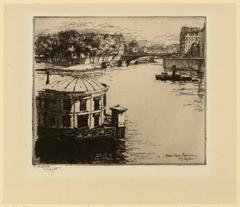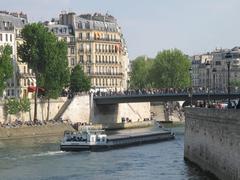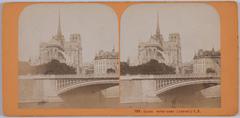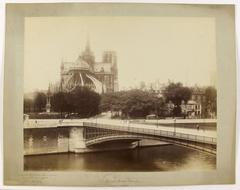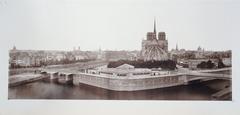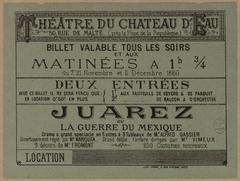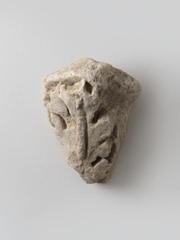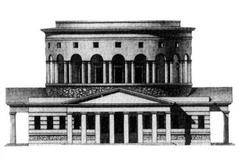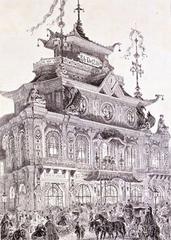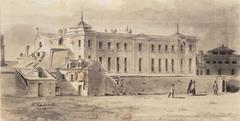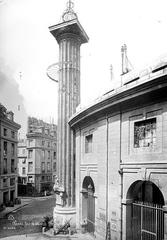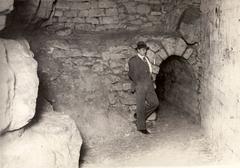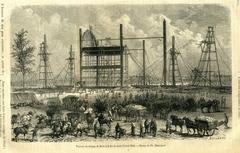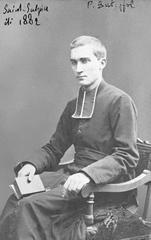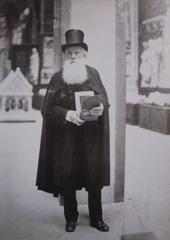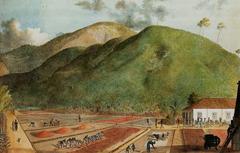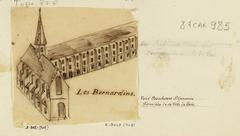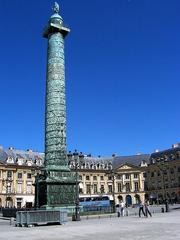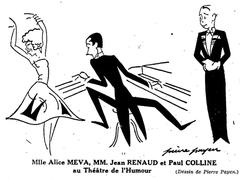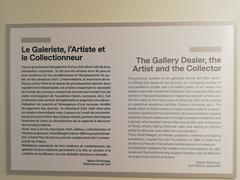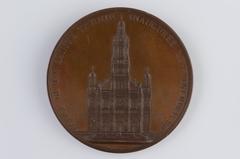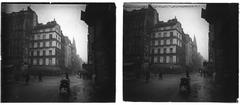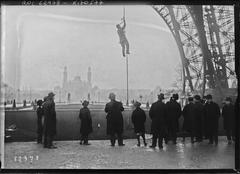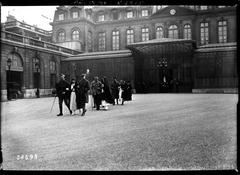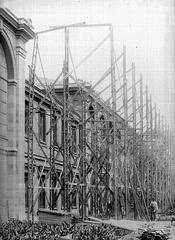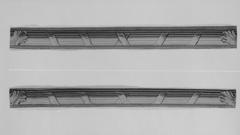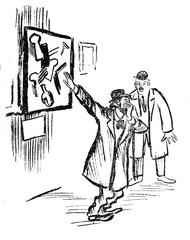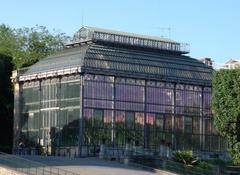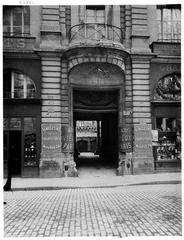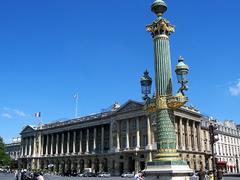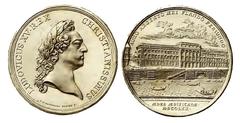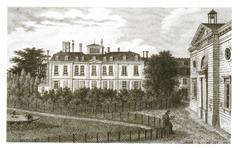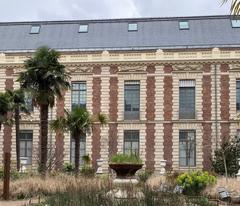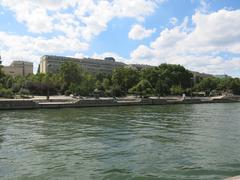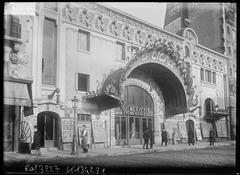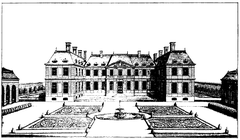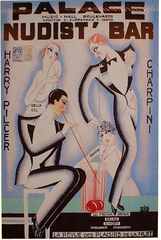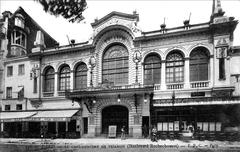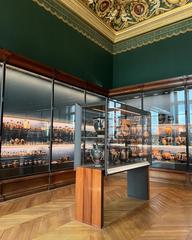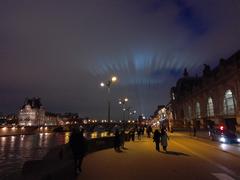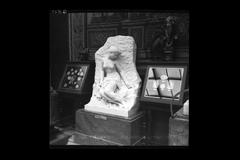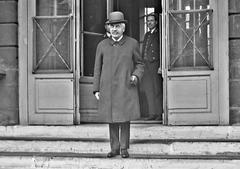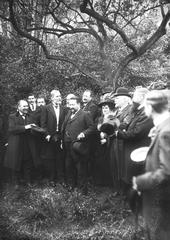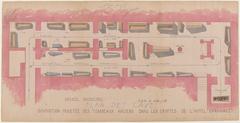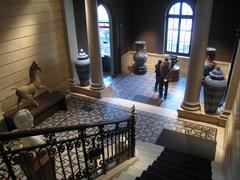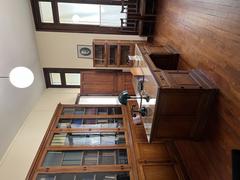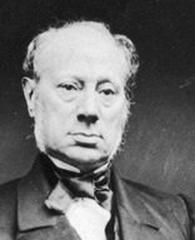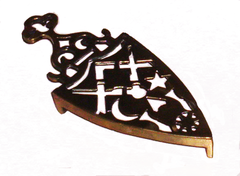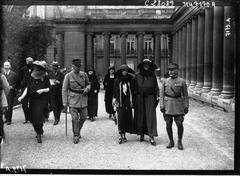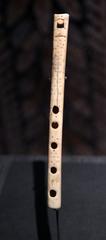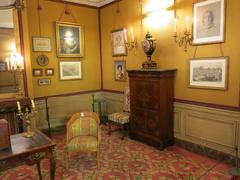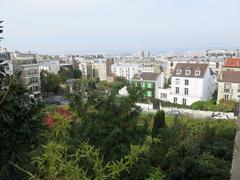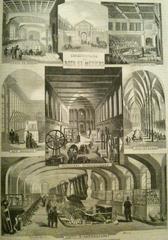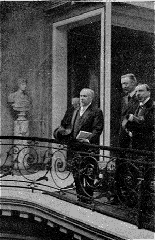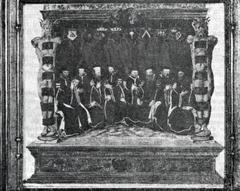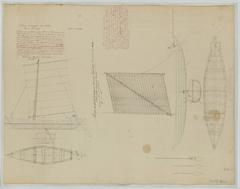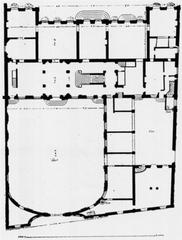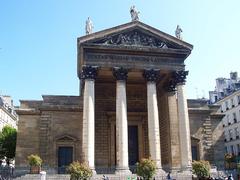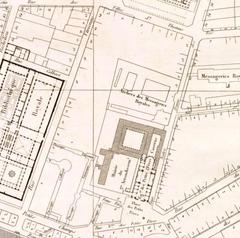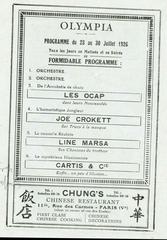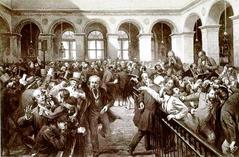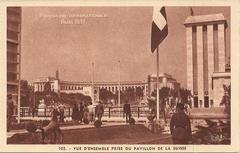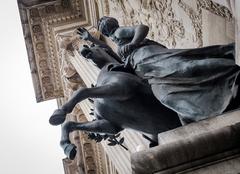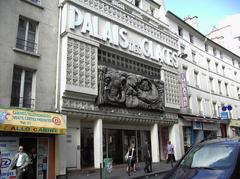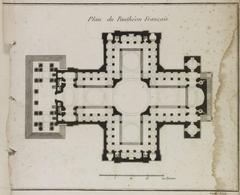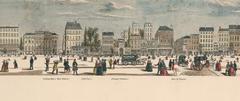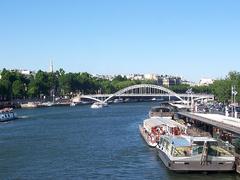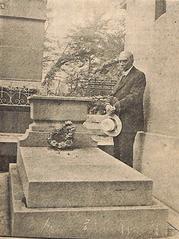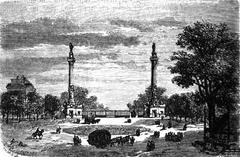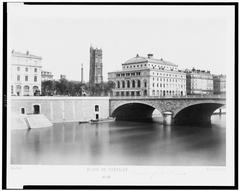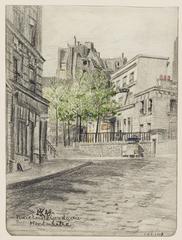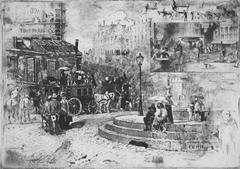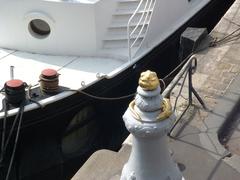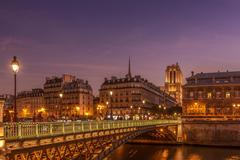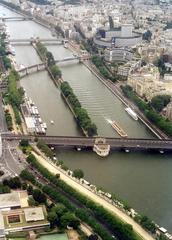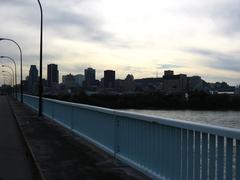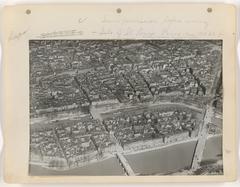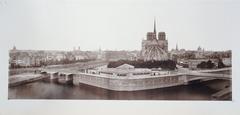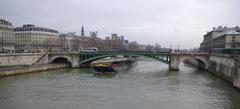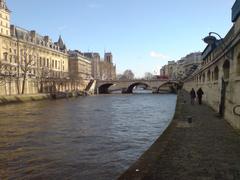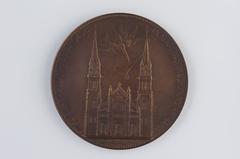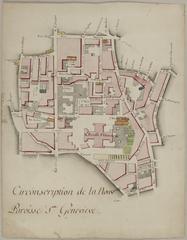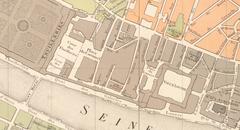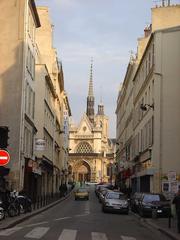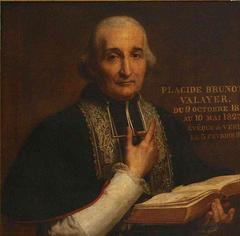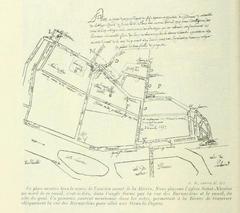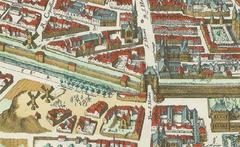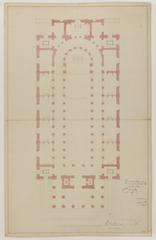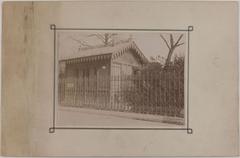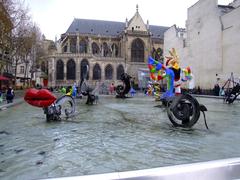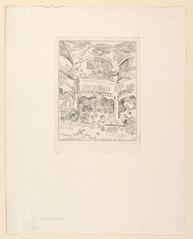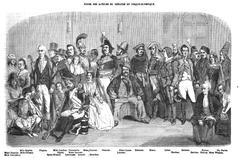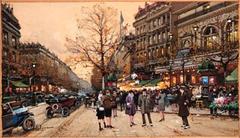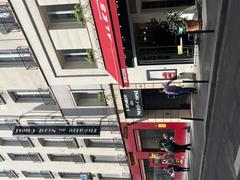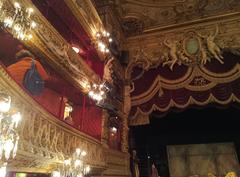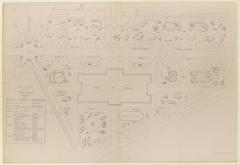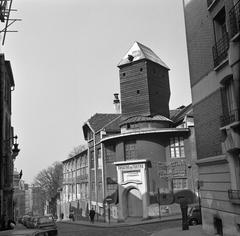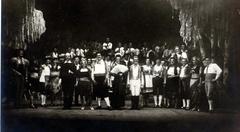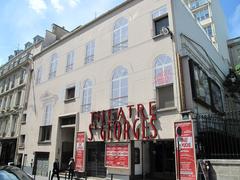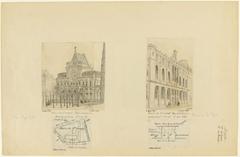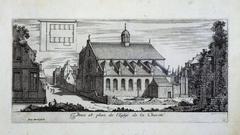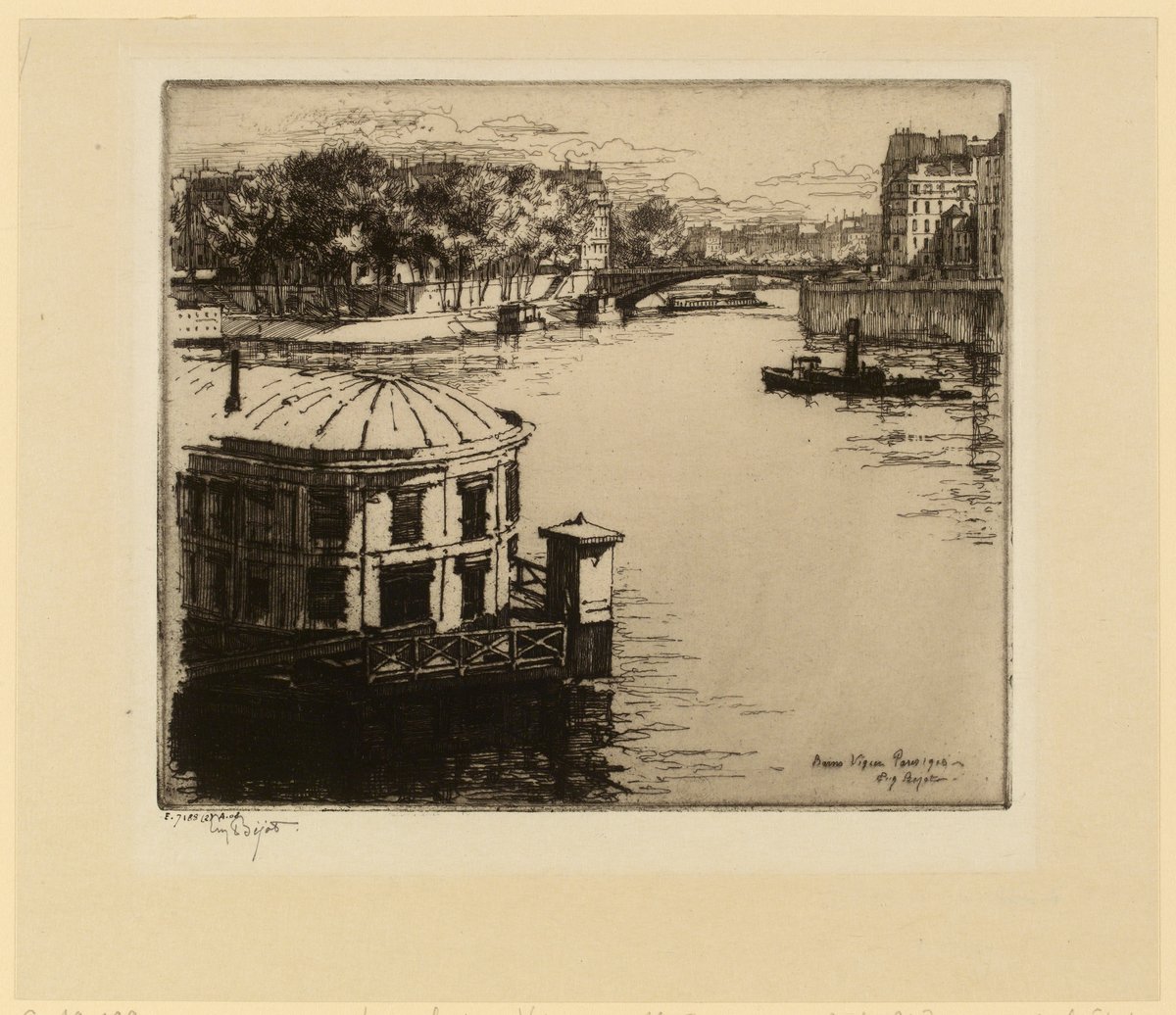
Visiting Pont Saint-Louis: Hours, Tickets, and Historical Insights
Date: 18/07/2024
Introduction
Discover the rich history, visiting hours, and travel tips for Pont Saint-Louis, one of Paris’ hidden gems. This pedestrian bridge gracing the River Seine in Paris might not boast the grandeur of its more famous siblings like the Pont Neuf or Pont Alexandre III. However, its understated charm and rich history make it a fascinating stop for any visitor seeking a glimpse into the heart of Paris. The Pont Saint-Louis is steeped in history, dating back to 1632 when a wooden bridge known as the Pont Rouge connected the Île Saint-Louis and Île de la Cité (Structurae). Over the centuries, the bridge has undergone numerous reconstructions, evolving from wood to stone and finally to its current form as a pedestrian bridge. Today, it stands as a testament to Paris’s vibrant cultural scene, offering a stage for street musicians, artists, and performers, while providing stunning views of the Seine and surrounding landmarks like Notre-Dame Cathedral (Paris Tourist Office).
Table of Contents
- Introduction
- Early Beginnings - A Royal Connection
- A Bridge Rebuilt - From Wood to Stone
- A Hub of Activity - Life on the Bridge
- Revolution and Transformation - A City in Flux
- The 19th Century - A Time of Reinvention
- The Pont Saint-Louis Today - A Pedestrian Oasis
- Visitor Information
- Travel Tips
- Nearby Attractions
- A Legacy Etched in Stone and Steel
- FAQ
- Call to Action
Early Beginnings - A Royal Connection
The story of the Pont Saint-Louis begins with its predecessor. In 1632, a wooden bridge was constructed under the reign of Louis XIII, connecting the Île Saint-Louis to its larger neighbor, the Île de la Cité. This initial structure, known as the Pont Rouge (Red Bridge), served as a vital link between the two islands, facilitating trade and movement.
A Bridge Rebuilt - From Wood to Stone
The Pont Rouge was not built to withstand the test of time. Ravaged by floods and daily wear, it required frequent repairs and eventually had to be replaced. In 1656, a new stone bridge was commissioned, marking the first iteration of what we now know as the Pont Saint-Louis.
A Hub of Activity - Life on the Bridge
Throughout the 17th and 18th centuries, the Pont Saint-Louis evolved into a vibrant microcosm of Parisian life. Street vendors set up shop, musicians and entertainers performed, and workshops and residences sprang up, making it a bustling thoroughfare.
Revolution and Transformation - A City in Flux
The French Revolution brought significant changes to the Pont Saint-Louis. The bridge, once a symbol of royal patronage, was stripped of its regal name and simply referred to as the “Pont de la Cité.” This period also saw the removal of shops and residences, leaving it a more functional structure.
The 19th Century - A Time of Reinvention
The 19th century ushered in modernization for Paris, and the Pont Saint-Louis was not immune. The bridge underwent a complete reconstruction in 1860, replacing the aging stone structure with a robust iron design, reflecting the industrial advancements of the time.
The Pont Saint-Louis Today - A Pedestrian Oasis
Today, the Pont Saint-Louis stands as a peaceful pedestrian bridge, offering stunning views of the Seine and surroundings. It has become a favorite spot for locals and tourists alike, drawn to its charming ambiance and picturesque setting. Street musicians still grace the bridge with their music, echoing its vibrant history.
Visitor Information
- Visiting Hours: The Pont Saint-Louis is open to pedestrians 24/7, making it an ideal spot for both daytime and nighttime visits.
- Tickets: There is no entrance fee to access the Pont Saint-Louis. It is free for all visitors.
- Special Events: Occasionally, the bridge hosts special events and performances. Check local listings or the official website for updates.
Travel Tips
- How to Get There: The Pont Saint-Louis is easily accessible via public transportation. The nearest metro station is Pont Marie on Line 7. From there, it’s a short walk to the bridge.
- Best Times to Visit: Early mornings and late afternoons offer the best light for photography. The bridge is also less crowded during these times.
- Accessibility: The bridge is pedestrian-friendly and accessible to visitors with mobility issues.
Nearby Attractions
- Notre-Dame Cathedral: Just a short walk from the Pont Saint-Louis, this iconic cathedral is a must-visit.
- Île de la Cité: Explore this historic island, home to Sainte-Chapelle and the Conciergerie.
- Île Saint-Louis: Wander through the charming streets and enjoy the quaint shops and cafes.
A Legacy Etched in Stone and Steel
The Pont Saint-Louis, though often overshadowed by its grander counterparts, holds a unique place in the heart of Paris. Its story, woven through centuries of change and transformation, reflects the city’s own evolution. From its humble beginnings as a wooden bridge to its current incarnation as a pedestrian haven, the Pont Saint-Louis continues to connect not just two islands, but also the past and present of this captivating city.
FAQ
- What are the visiting hours for Pont Saint-Louis? The bridge is open to pedestrians 24/7.
- Is there an entrance fee for Pont Saint-Louis? No, it is free to access.
- Are there guided tours available? Occasionally, guided tours are available. Check local listings or the official website for details.
Call to Action
For more information on Paris’s historical sites and travel tips, explore our other articles or download our mobile app Audiala. Follow us on social media for updates and more travel inspiration.
